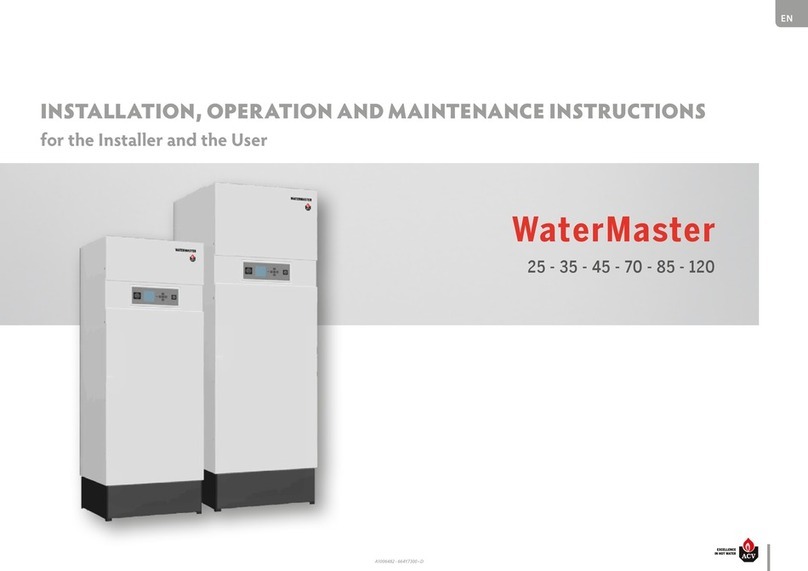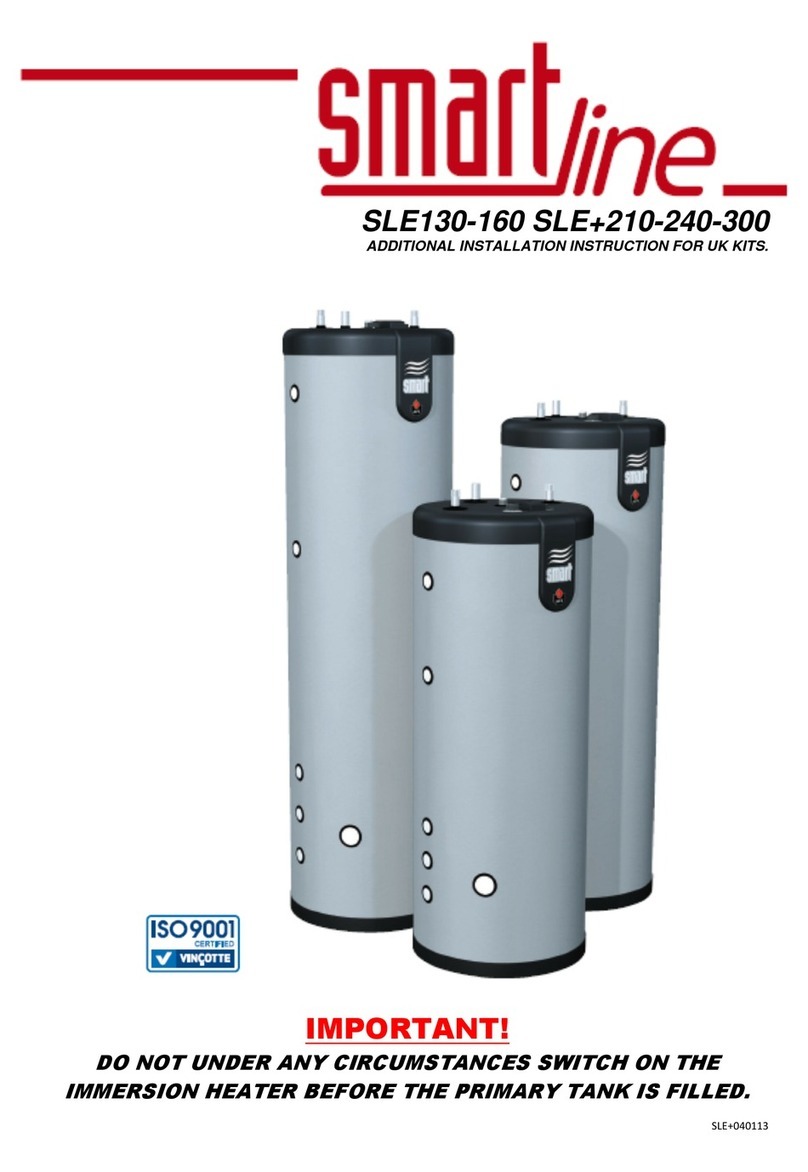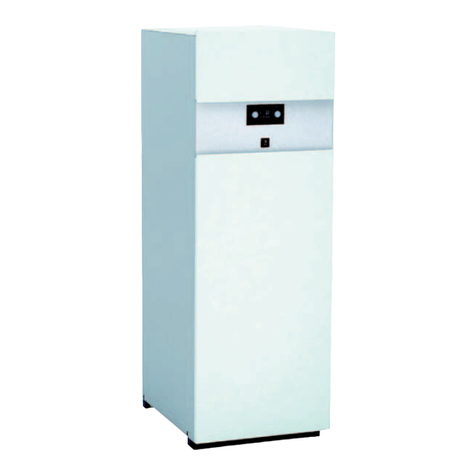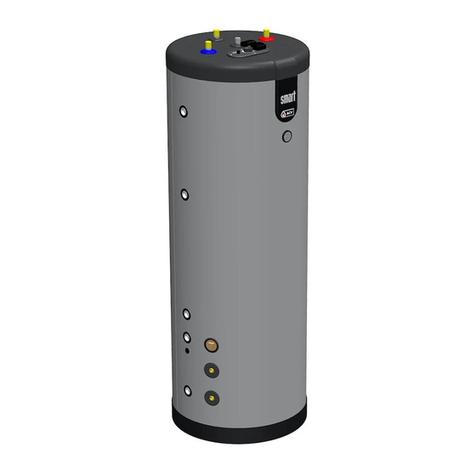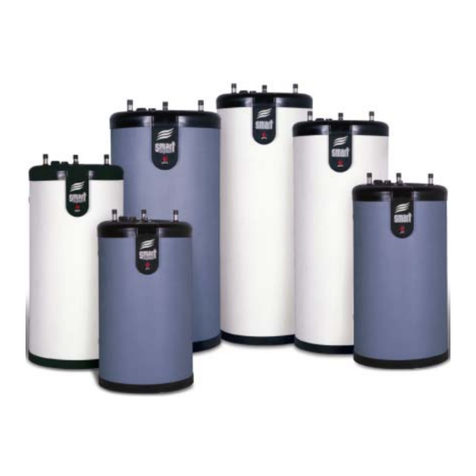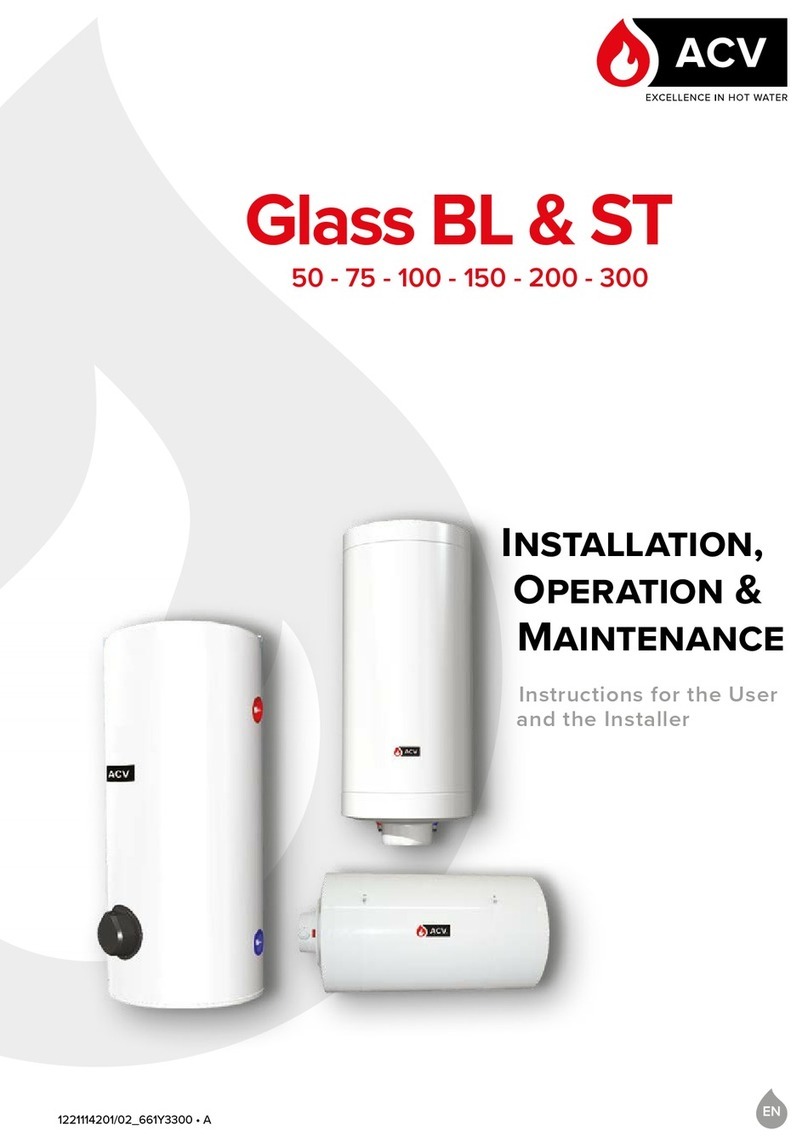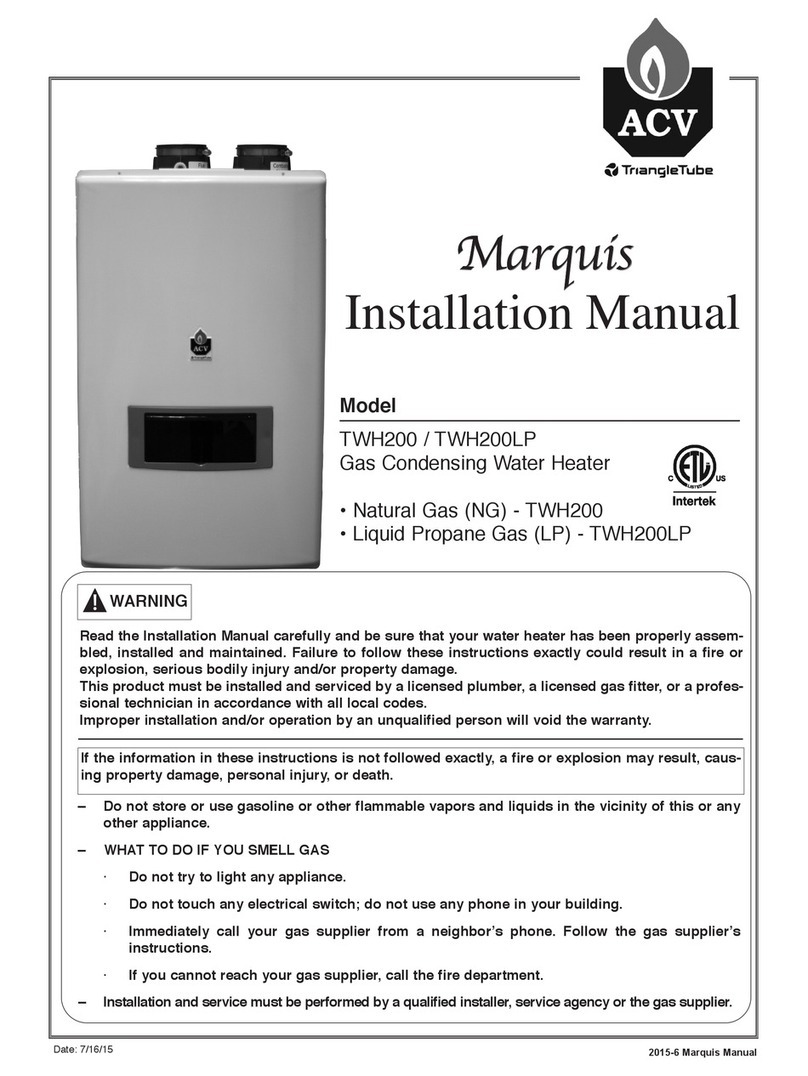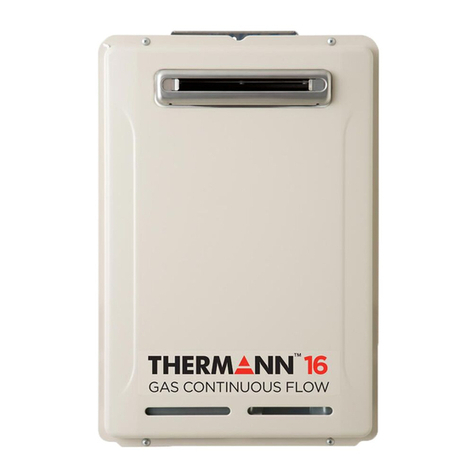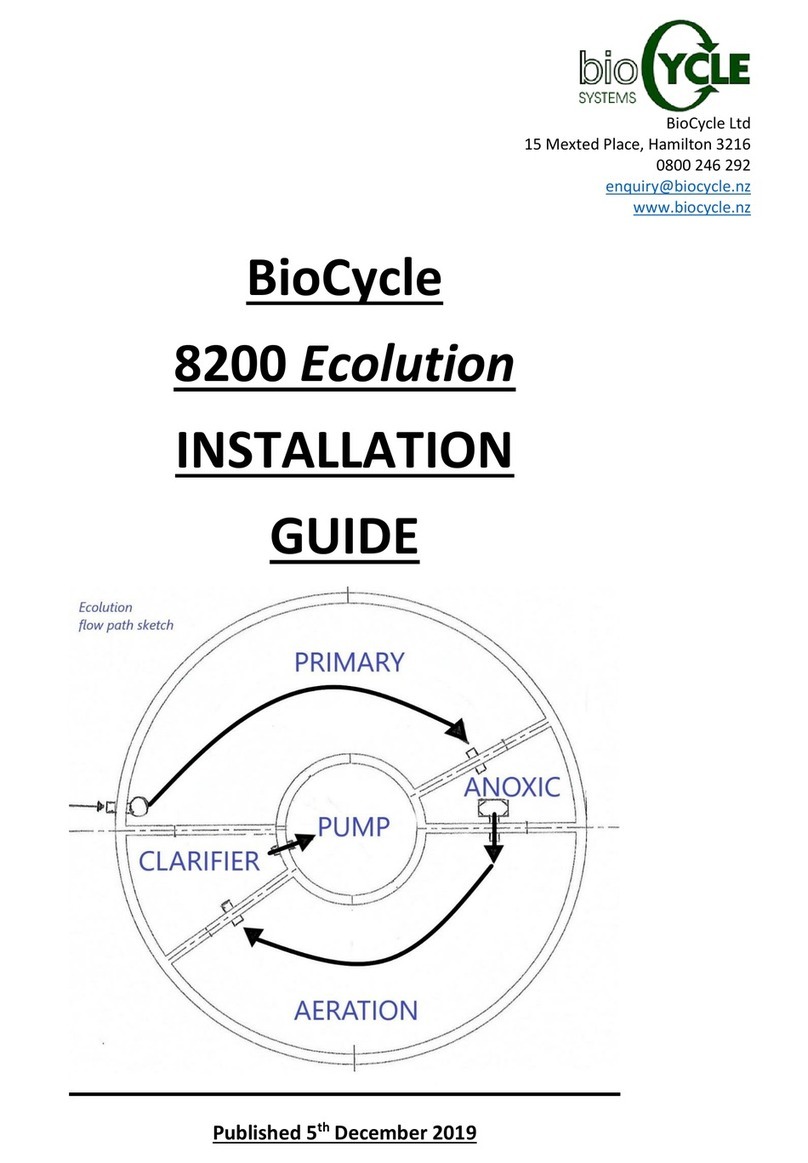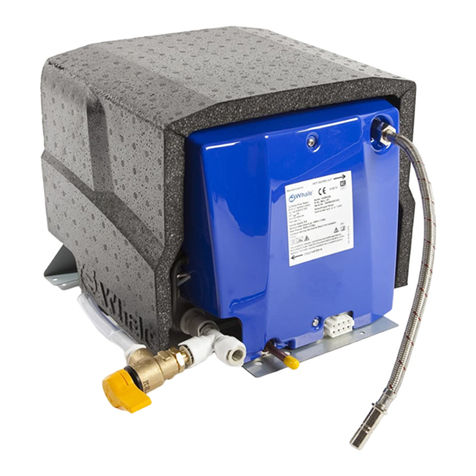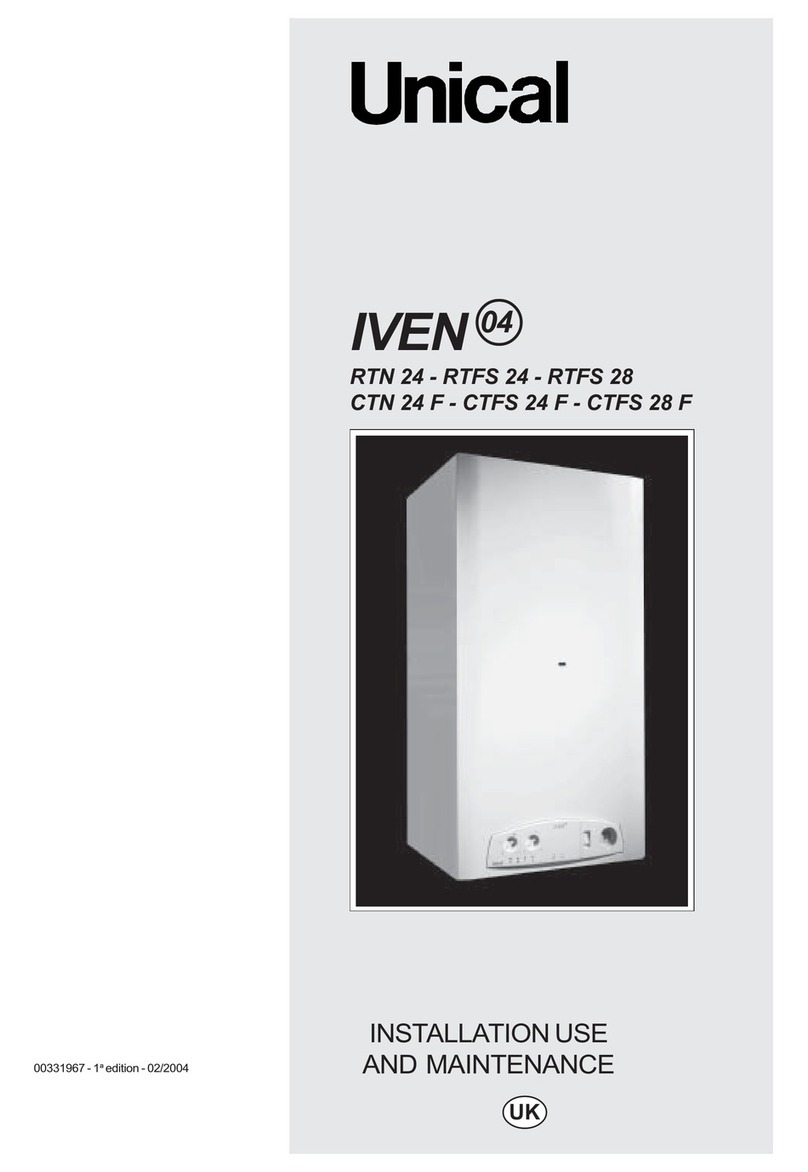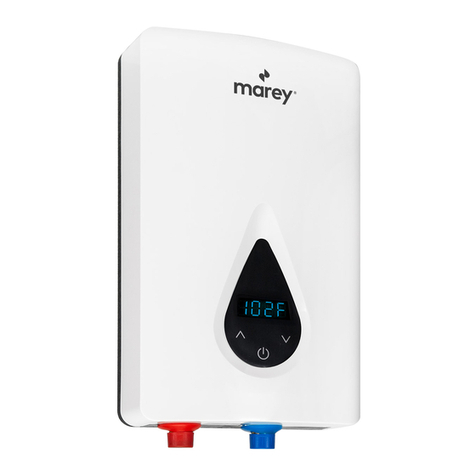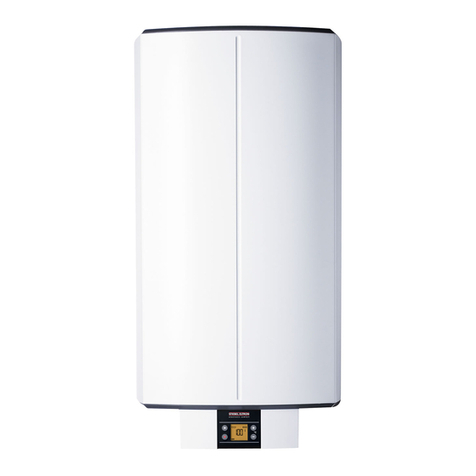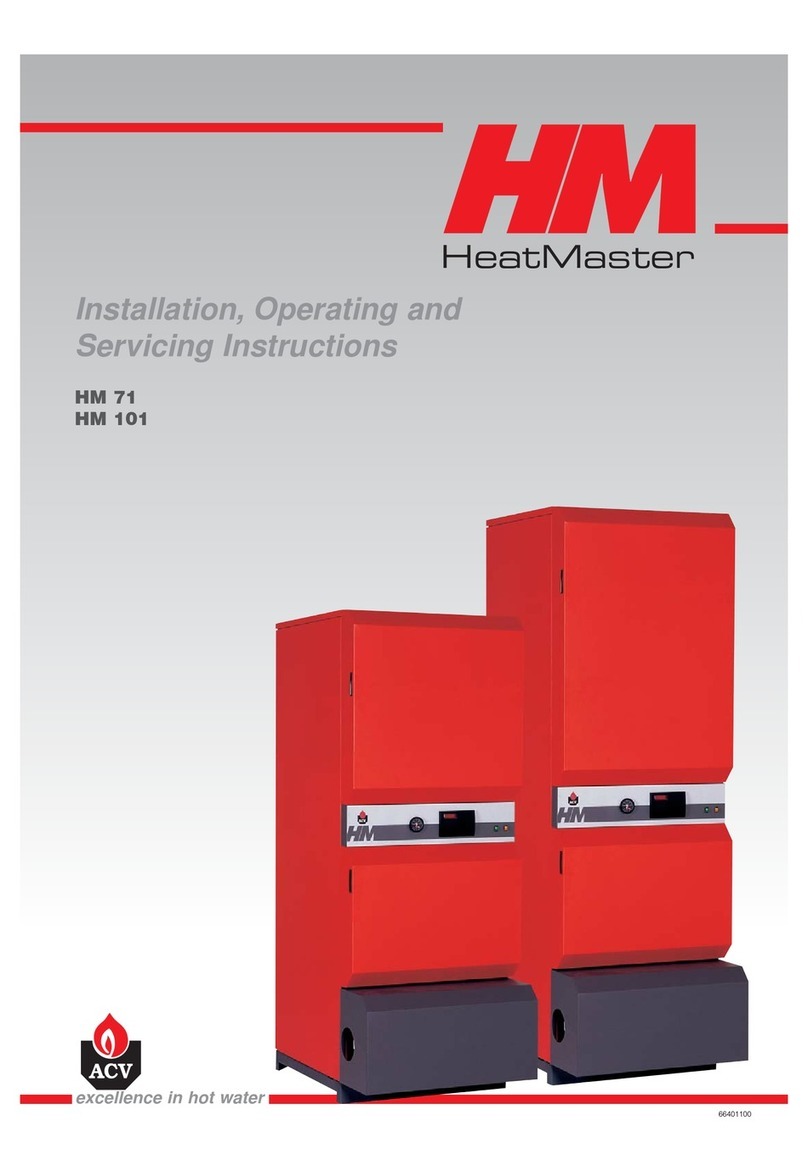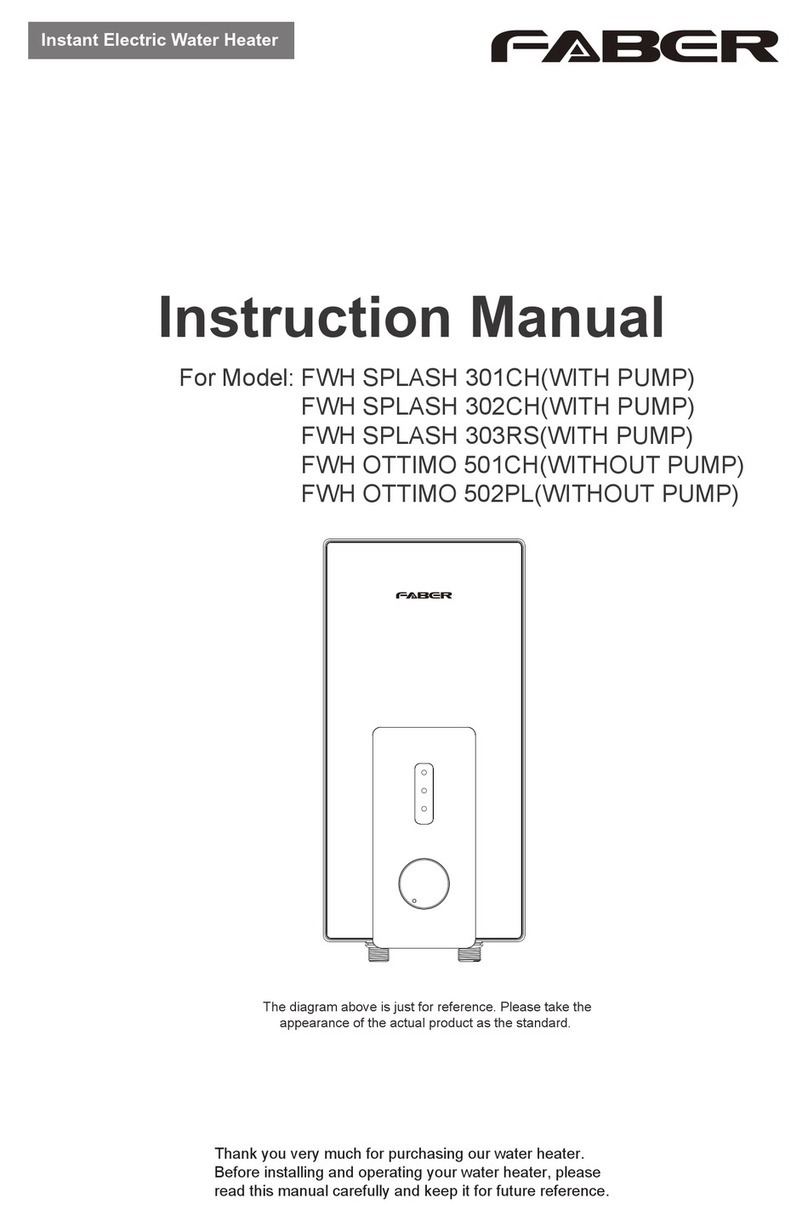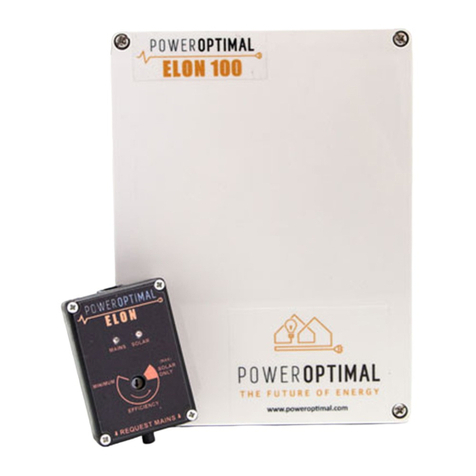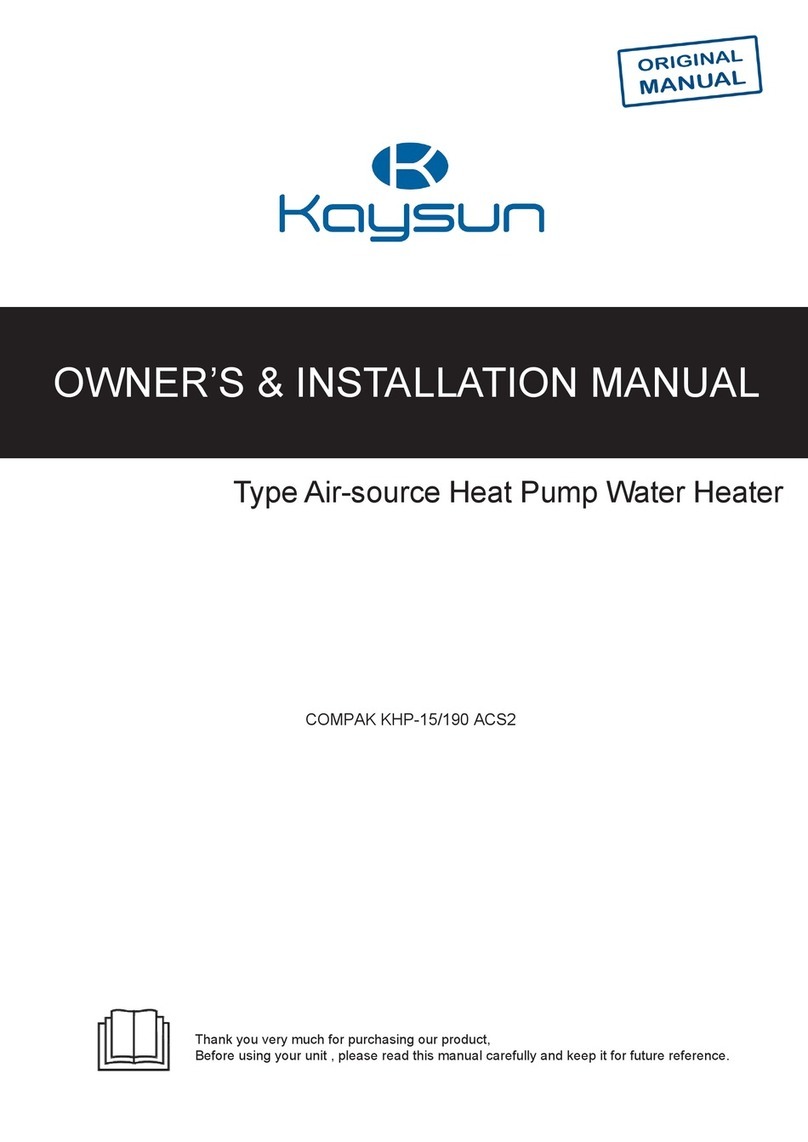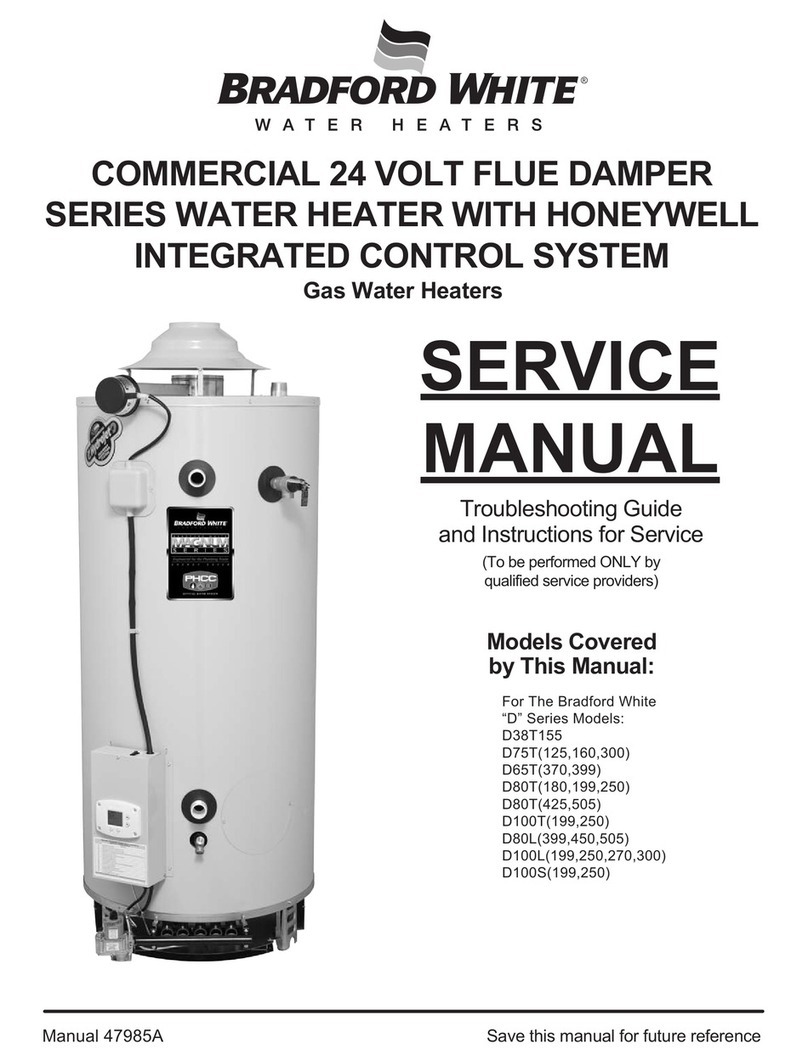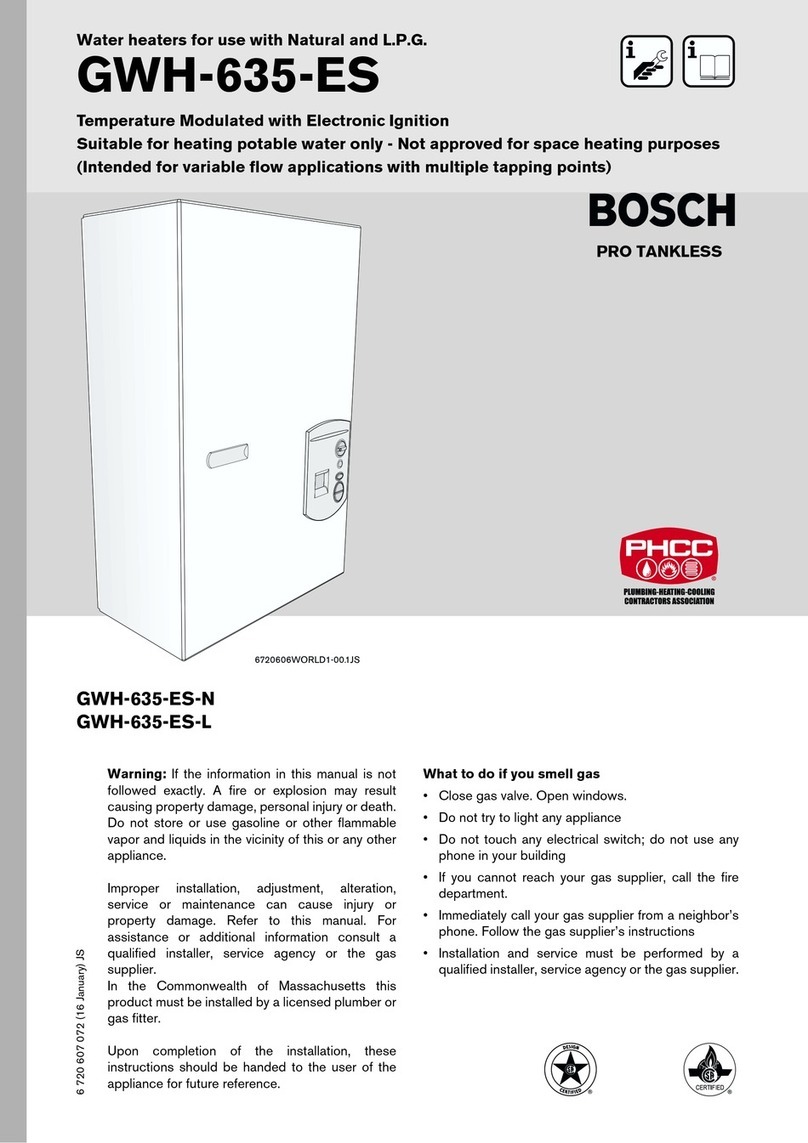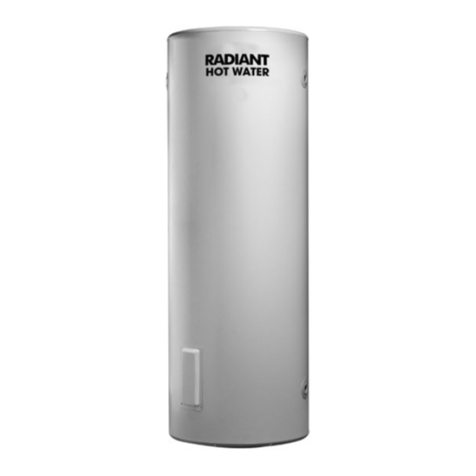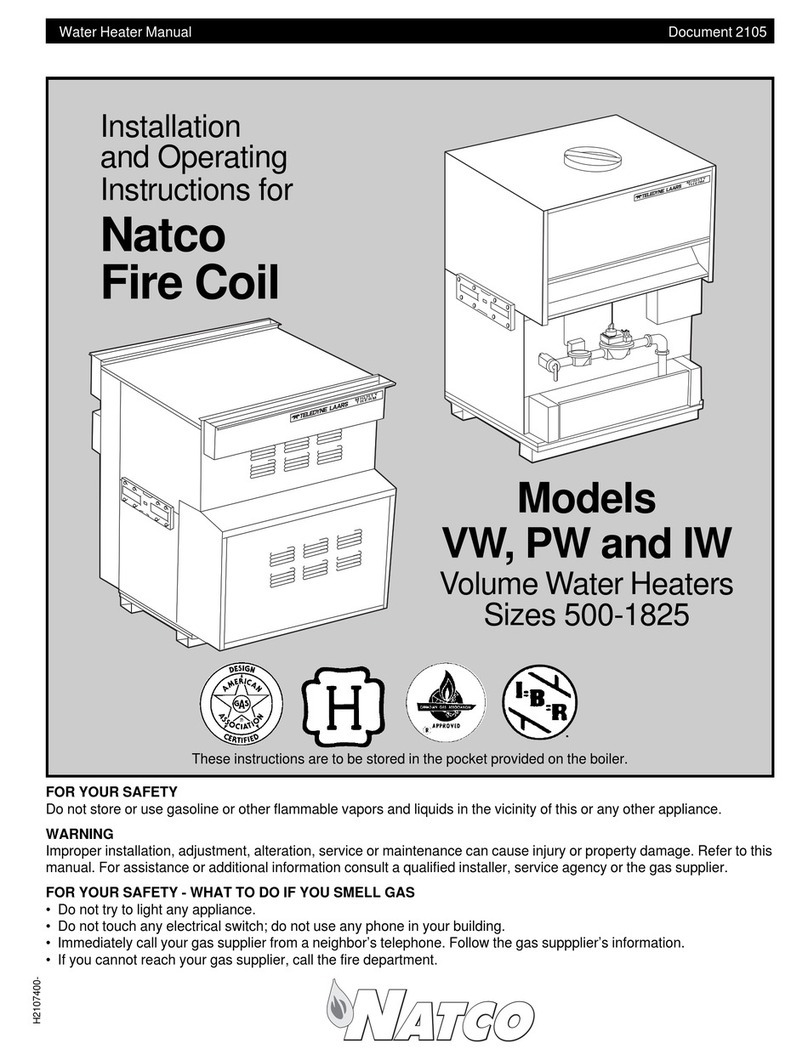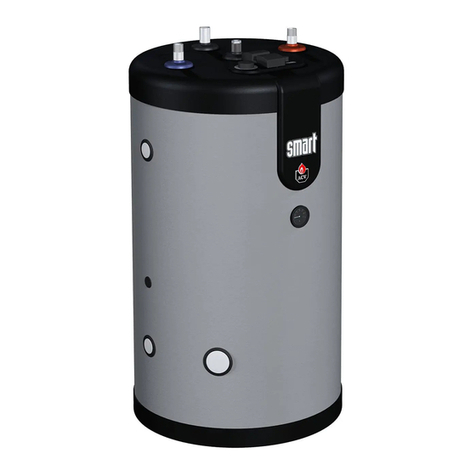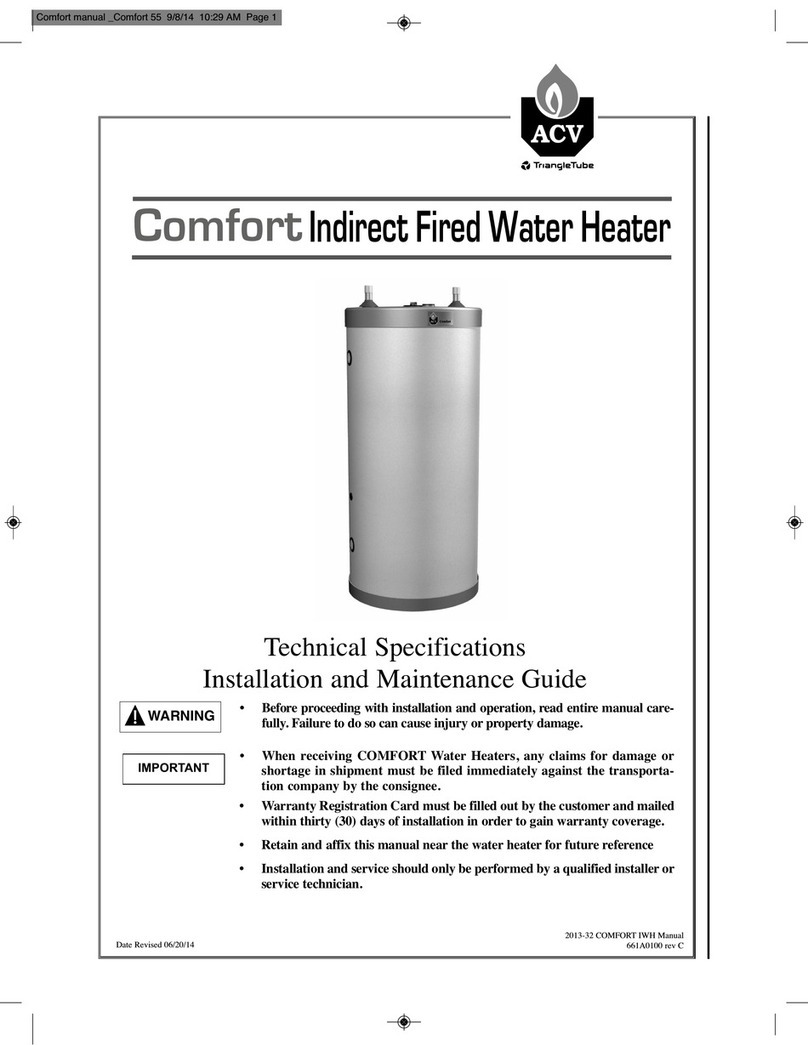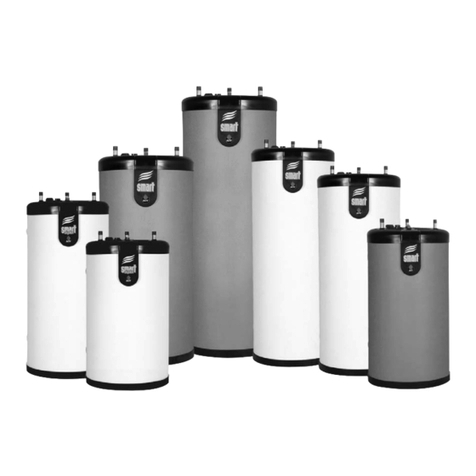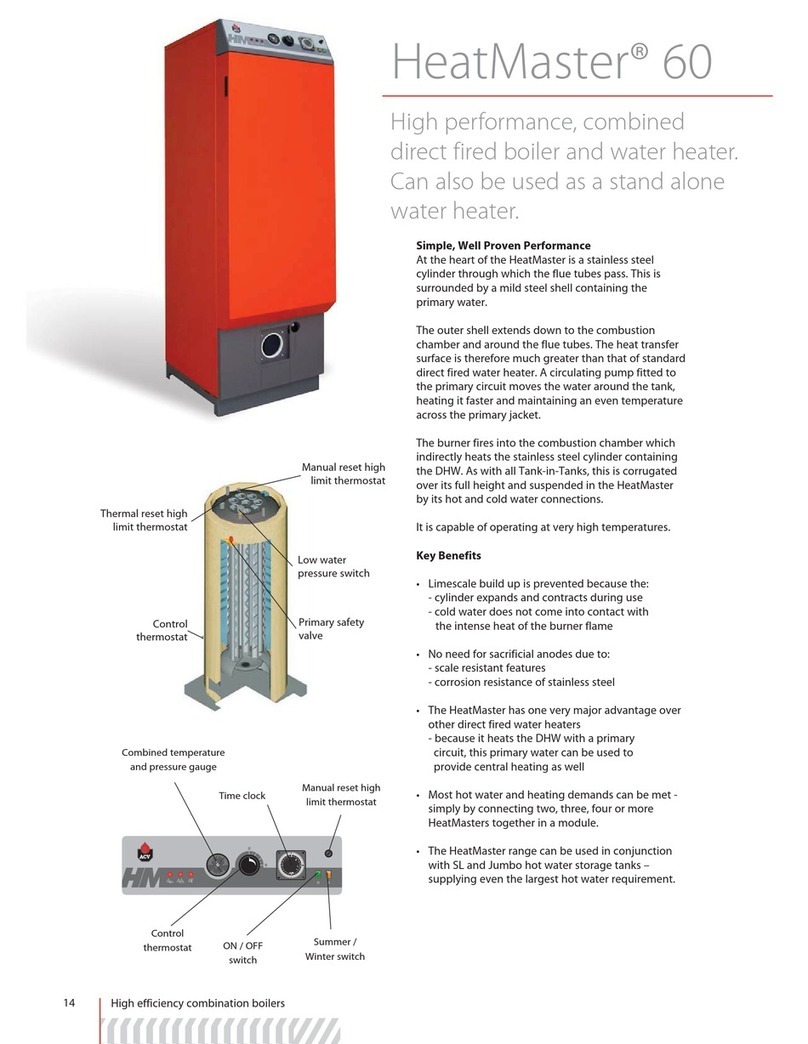
EN 8Document ref.: 428016 03
Contact with live conductors can cause electrical arcing.
Explosions, fires or poisoning in the event of gas leaking
from a damaged duct.
Damage to existing installations. Flooding in the event of
water leaking from damaged ducts.
Protect connection cables to prevent them from being
damaged.
Contact with live conductors can cause electrocution
Flooding caused by water escaping from damaged pipes
Check that the part and the installations to which the
appliance will be connected comply with the current
applicable regulations.
Contact with incorrectly installed live conductors can
cause electrocution.
Damage to the appliance due to unsuitable operating
conditions.
Use accessories and manual equipment suitable for the
usage (ensure that the tool is not damaged and the
handle is securely attached and in good condition), use
this equipment correctly, protect it against being
accidentally dropped and store it after use.
Injury may be caused by flying debris or fragments, dust
inhalation, impacts, cuts, pricks and abrasions.
Damage to the appliance or to nearby objects caused by
flying debris or fragments, impacts or incisions
Use suitable electrical equipment (in particular, check
that the supply cable and connector plug are in good
condition and that rotating or alternating parts are
properly secured).
Use the equipment correctly, do not allow a trailing
supply cable to obstruct access, secure it to prevent
falling, and disconnect and store it after use
Injury can be caused by electrocution, projected shards
or fragments, inhaling dust, being hit, or cuts, pricks,
abrasions, noise or vibrations.
Damage to the appliance or to objects nearby caused by
projected debris or fragments, cuts, incisions.
Ensure that portable ladders are stable and sturdy and
will not slip, and that the rungs are in good condition.
Ensure that someone is present to ensure that ladders
cannot move when someone else is using them.
Injury due to falling or folding of the ladder (double
ladder).
Ensure that materials, components or equipment used
during installation cannot fall from height.
Injury or death due to collapsing and/or falling parts.
Ensure that mobile ladders are correctly supported and
sufficiently sturdy, that the rungs are in good condition
and not slippery, and that the rungs and platforms are
fitted with rails.
Injury due to falling.
When working at height (generally during use with
height differences of more than 2 m), ensure that there
is a safety rail surrounding the working area or that
personal equipment is used to prevent falling, that the
route of any potential fall is not obstructed by
dangerous objects and that any possible impact would
be cushioned by semi-rigid or deformable supports.
Injury due to falling.
Ensure that the health and safety conditions are
adequate in terms of lighting, ventilation, structural
soundness and emergency exits.
Injury caused by being hit, tripping, etc.
During work, wear personal protective equipment and
clothing.
Injury can be caused by electrocution, projected shards
or fragments,
inhaling dust, being hit, or cuts, pricks, abrasions, noise
or vibrations.
The utmost care must be taken during operations
inside the appliance, and contact with sharp edges
avoided.
Injury caused by cuts, pricks and abrasions.
Do not use insecticides, solvents or harsh cleaning
products for maintenance of the appliance.
Painted or plastic parts can be damaged.
Do not use the appliance for any use other than
standard household use.
The appliance may be damaged by operation overload.
Damage to incorrectly treated objects.
Do not allow children or inexperienced persons to use
the appliance.
Damage to the appliance may be caused by improper
use.
Electrical connections must be made using conductors
with a suitable cross section.
Fire due to overheating caused by current passing
through cables which are too small.
Protect appliances and nearby areas using suitable
equipment.
Damage to the appliance or to objects nearby caused by
projected debris or fragments, cuts, incisions.
Move the appliance using the necessary protective
equipment and with the utmost care.
Damage to appliances or nearby objects caused by
impacts, incisions or crushing.
Ensure that all equipment is stored in a way that makes
it simple and safe to handle; avoid creating piles which
are in danger of collapsing.
Damage to appliances or nearby objects caused by
impacts, incisions or crushing.
Reset any safety and control functions affected by an
operation on the appliance, and make sure that they
are operating correctly before it is put back in service.
Damage to or stoppage of the appliance due to
uncontrolled operating conditions.
Before working on roofs, structures, surfaces, etc.,
ensure that they are stable and suitable for the work to
be carried out.
Injury or death due to collapsing and/or falling from
height.
SAFETY STANDARDS SPECIFIC TO THE PRODUCT
Drain any components which contain hot water by
activating the drain before using them.
Injury caused by burns
Descale components in accordance with the
instructions in the safety sheet for the product in
question. Carry out the operation in a well-ventilated
area and wear protective clothing.
Avoid mixing different products and protect the
appliance and nearby objects.
Personal injury through skin and eyes coming into
contact with acidic substances, inhalation of ingestion of
harmful chemical agents.
Damage to the appliance or objects nearby due to
corrosion caused by acidic substances.
Do not carry out work on the product in strong
sunlight.
Injury caused by burns




















